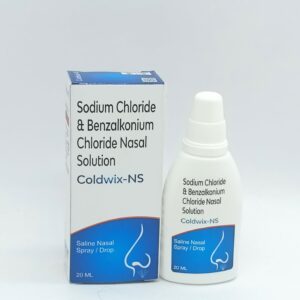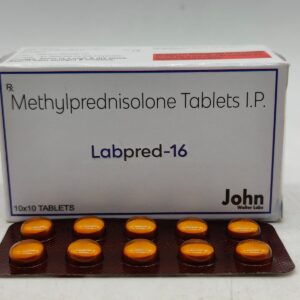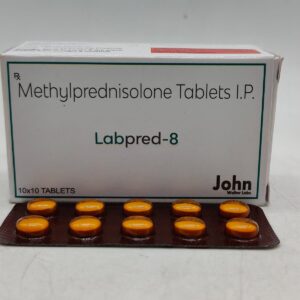In recent months, the Drugs Controller General of India (DCGI) has ramped up its scrutiny of small- and medium-sized pharmaceutical firms. The catalyst? A fresh wave of concerns about drug-safety standards—most notably, the World Health Organization (WHO) flagging three cough-syrup brands—Coldrif, Respifresh TR and ReLife—for containing toxic elements.
Here’s a closer look at what’s going on—and why this crackdown matters far beyond just regulatory paperwork.
The Trigger: Toxic Syrups and a Global Alarm
The WHO’s adversary list included three Indian-manufactured brands after toxic levels of diethylene glycol (DEG) were detected. DEG is an industrial solvent and if used in cough syrups can cause serious injury or even death—especially to children.
Investigations revealed egregious lapses: one facility reportedly lacked basic pest-control, used rusty equipment and non-pharmaceutical grade solvents.
With India having exported contaminated syrups with fatal outcomes to countries like The Gambia and Uzbekistan in 2023, the stakes are high for both public-health and reputation.
What the Regulator Has Ordered
With global scrutiny mounting, the DCGI has taken decisive steps:
- It directed state regulatory authorities to inspect thousands of manufacturing units—especially those in the micro, small and medium enterprise (MSME) category—that had sought extensions to comply with the revised manufacturing norms (known as Schedule M).
- The revamped Schedule M norms came into effect for larger manufacturers in June 2024; MSMEs had been given a conditional extension up to December 2025—but only if they applied.
- For firms that did not apply for an extension, immediate action is being mandated by state regulators.
In short: no more lax deadlines. Quality and safety standards must be met—now.
Why the MSME Pharma Firms Are Struggling
On paper this looks straightforward, but for many smaller pharma businesses the hurdles are real and steep. Key pain-points include:
- Scale of investment: Upgrading to ‘global standard’ pharma manufacturing isn’t just about a few repairs. It demands air-quality monitoring systems, validated HVAC (heating, ventilation and air-conditioning) systems, microbiology labs, computerized data-traceability systems—elements which most smaller firms simply lack the resources for.
- Operational overhaul: The new norms require not just equipment but trained personnel, quality-management systems, vendor qualification, finished-product testing, raw-material traceability, sanitised infrastructure. Many MSMEs are ill-prepared to embed this in their day-to-day operations.
- Financial constraints: Firms with turnover under ₹250 crore dominate the segment; accessing external funding or re-allocating cash to retrofits is a heavy lift.
- Regulatory fatigue / legacy lapses: The fact that major infractions (rusty equipment, non-grade solvents) persisted for years shows that regulatory oversight has been patchy, and some firms are simply playing catch-up.
Why Now? The Convergence of Risk, Reputation & Regulation
Why is the regulator moving hard and fast? A few compelling reasons:
- The upcoming December 2025 deadline places a natural time-pressure on compliance.
- The global reputational damage to Indian pharma is real. Contaminated exports and safety-failures invite trade restrictions, regulatory black marks and erosion of trust.
- There’s an ethical responsibility: medicines should heal, not harm. And when large numbers of children die because of contaminated syrup, the regulatory imperative becomes unavoidable.
- Ensuring that Indian pharma remains globally credible means aligning with international standard pathways (e.g., WHO GMP standards) and demonstrating that even smaller manufacturers are up to the task.
Implications for the Pharma Ecosystem
- For MSMEs: Pressure is high. Firms that fail to upgrade may face shutdowns, loss of licence, exclusion from export/private-label contracts. But those that adapt may carve a niche of “quality-compliant MSME” and win better engagements.
- For larger firms: The shake-out may reduce supply of lower-cost generics from inexperienced producers — which could push up input costs or force reliance on fewer compliant suppliers.
- For patients / consumers: Ultimately, the tightening promises safer medicines. But short-term disruptions (product shortages, cost increases) are possible.
- For the industry’s global standing: India is often called “the pharmacy of the world.” Safety lapses risk undermining that moniker; compliance ensures stronger export credentials, better foreign regulatory alignments and improved investor confidence.
The Way Forward
For stakeholders in the pharma space, some action-points emerge clearly:
- MSME manufacturers need to take stock of where they stand: infrastructure gaps, training deficits, vendor-traceability. Proactive investment is now a survival issue.
- Industry associations and regulators could explore financial / technical support channels (soft loans, shared testing facilities) for smaller firms to ease the transition.
- Buyers (distributors, hospitals, export partners) should increasingly prioritise suppliers with documented compliance — not just pricing.
- Finally, patients and practitioners must stay alert: a robust regulatory regime matters for everyday health outcomes, not just for abstract policy.
In closing: the DCGI’s crackdown isn’t simply regulatory theatre. It reflects a deeper imperative: when medicines go wrong, the consequences are severe. For India’s pharma MSMEs, the message is clear—quality is no longer optional. Comply or risk being left behind.












